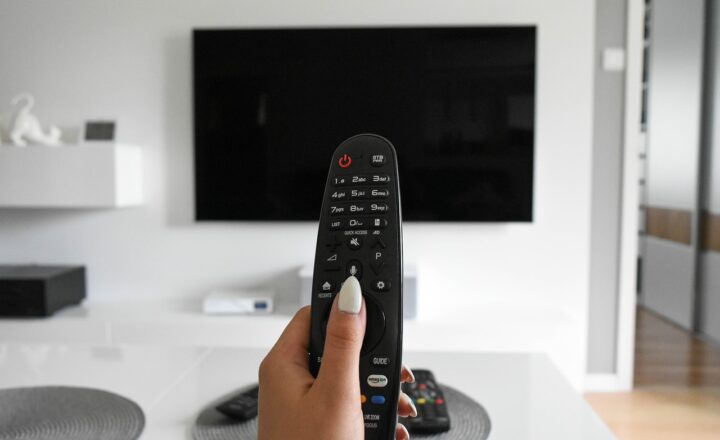
The 1990s was a transformative decade for music, marked by a vibrant fusion of genres that reshaped the cultural landscape. Among these transformations, R&B and hip-hop emerged as dominant forces, significantly influencing pop culture throughout the decade. This article delves into the impact of R&B and hip-hop on 90s pop culture, exploring their origins, key figures, and lasting legacies.
1. The Rise of Hip-Hop and R&B in the 90s
The 1990s witnessed the rise of hip-hop and R&B as powerful voices that resonated with diverse audiences. Emerging from urban landscapes, these genres combined rich storytelling, innovative beats, and heartfelt melodies, making them relatable to the youth of the time.
Hip-hop, rooted in African American culture, began as a form of expression against social injustices, while R&B offered a smoother, melodic alternative that often discussed themes of love and relationships. In the early 90s, artists like Tupac Shakur and Notorious B.I.G. became household names, leading a new era of artistry that highlighted personal stories and societal issues.
R&B artists such as Whitney Houston, Mariah Carey, and Boyz II Men paved the way for the genre’s commercial success. Their blend of soulful vocals and pop sensibilities attracted mainstream audiences, establishing R&B as a key player in the music charts.
2. Cultural Impact of R&B and Hip-Hop
R&B and hip-hop didn’t just influence music; they were intertwined with various aspects of pop culture, from fashion and film to language and lifestyle. The genre’s artists often became cultural icons, shaping trends and movements.
Fashion
The styles of R&B and hip-hop artists became synonymous with the culture. Baggy jeans, oversized t-shirts, and baseball caps popularized by hip-hop artists created a sense of unity and identity among fans. Meanwhile, R&B icons such as Aaliyah and TLC introduced more glamorous and evocative styles, influencing young women’s fashion.
Film and Television
R&B and hip-hop artists transitioned into acting, further solidifying their cultural impact. The 90s brought films like “Juice,” starring Tupac, and “The Best Man,” featuring several R&B artists, that resonated with audiences and showcased the talent within the music industry. Television also embraced the influence, with series such as “The Fresh Prince of Bel-Air” and “Martin” featuring hip-hop and R&B themes.
Language and Slang
The vernacular of hip-hop permeated everyday language. Phrases and terms popularized by rap lyrics became commonly used, influencing how people, especially youth, communicated. From ‘bling-bling’ to ‘keeping it real,’ the lexicon of hip-hop enriched popular speech.
3. Iconic Collaborations and Crossovers
One of the hallmarks of the 90s was the rise of collaborations between R&B and hip-hop artists, resulting in chart-topping hits. These crossovers not only broadened audience demographics but also fused genres in innovative ways.
Notable Collaborations Include:
- “Gangsta’s Paradise” by Coolio featuring L.V.: This track combined rap with soul, leading to massive commercial success and cultural recognition.
- “I’ll Be Missing You” by Puff Daddy featuring Faith Evans and 112: This tribute to The Notorious B.I.G. blended hip-hop sensibilities with R&B vocal harmonies, dominating the charts.
- “The Boy Is Mine” by Brandy and Monica: This duet exemplified R&B rivalry, becoming one of the most famous songs of the decade while showcasing the genre’s appeal./li>
These collaborations not only united artists but also created timeless music that encapsulated the essence of the era.
4. The Soundtracks of a Generation
Soundtracks from films and television shows in the 90s played a crucial role in promoting R&B and hip-hop. Compilations often featured hits from both genres, propelling songs into the limelight.
The influential soundtrack to “Waiting to Exhale” featured a star-studded lineup of R&B talent, including Whitney Houston and Mary J. Blige, becoming a major success that solidified the position of R&B in the mainstream. Hip-hop soundtracks, including those for “Menace II Society” and “Friday,” introduced audiences to a range of artists and engaged viewers with their relevant themes.
These soundtracks not only contributed to the music’s popularity but also cemented its role in storytelling, enhancing the emotional depth of films and television.
5. Legacy and Continued Influence
The influence of 90s R&B and hip-hop extends beyond the decade, creating a foundation for contemporary music. Modern artists draw from these genre roots, integrating classic samples and melodies into their work.
Icons of Today:
Artists like Drake, Beyoncé, and Kendrick Lamar incorporate the essence of 90s sounds while introducing innovative styles that resonate with today’s audiences. This evolution highlights the enduring legacy of the contributions made during the 90s, showcasing how past influences continue to shape the music industry today.
The connection between 90s R&B and hip-hop is undeniable, creating a cultural fabric that has not only influenced music but has also shaped fashion, film, and language. By examining this legacy, we understand how deeply intertwined these genres are with our collective pop culture identity.
Conclusion
The 90s signaled an era of innovation for R&B and hip-hop, with artists who challenged norms, broke barriers, and united fans across diverse backgrounds. Their influence persists, making their contributions to pop culture invaluable and relevant even today. As we continue to enjoy and reflect on the music of this iconic decade, it’s essential to recognize the profound legacy that R&B and hip-hop have left on our cultural landscape. Their heartbeat still echoes in contemporary music, ensuring that their impact remains alive as we navigate the ever-evolving realm of pop culture.






